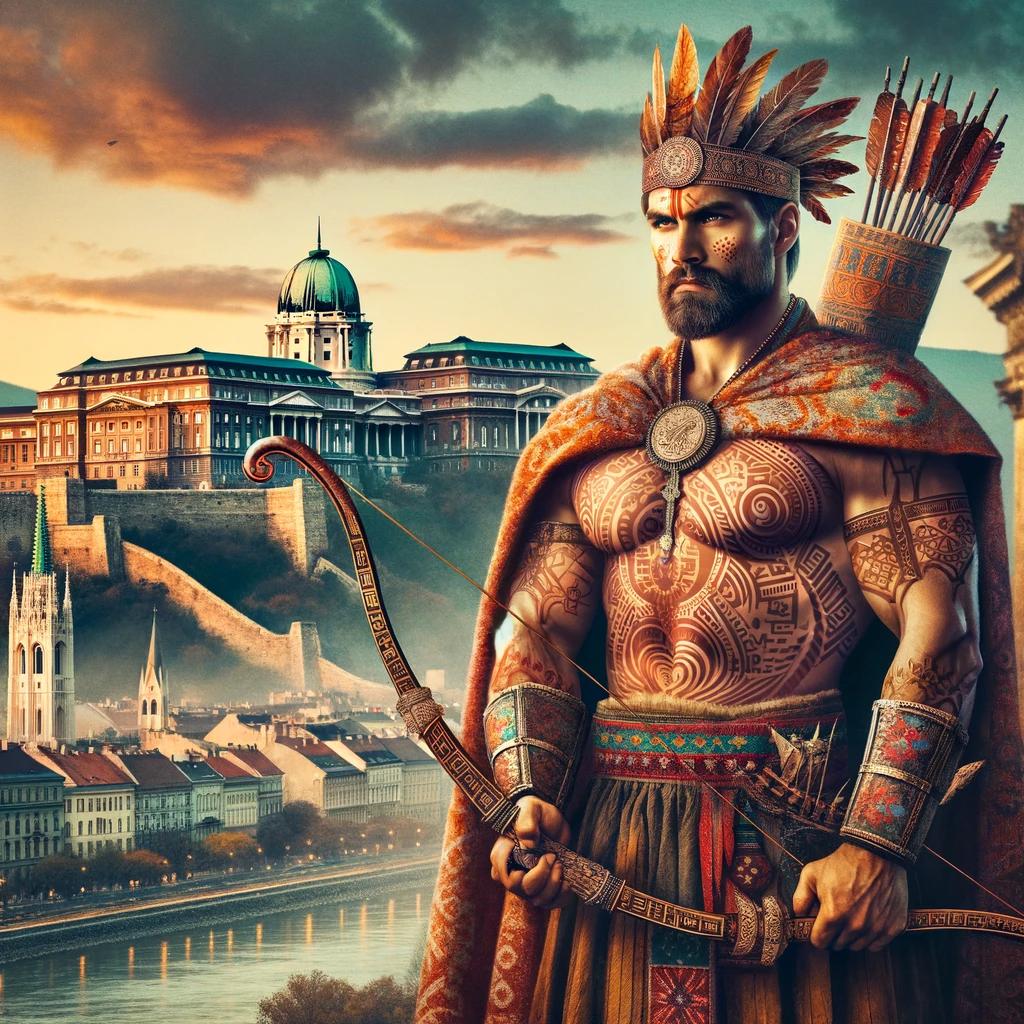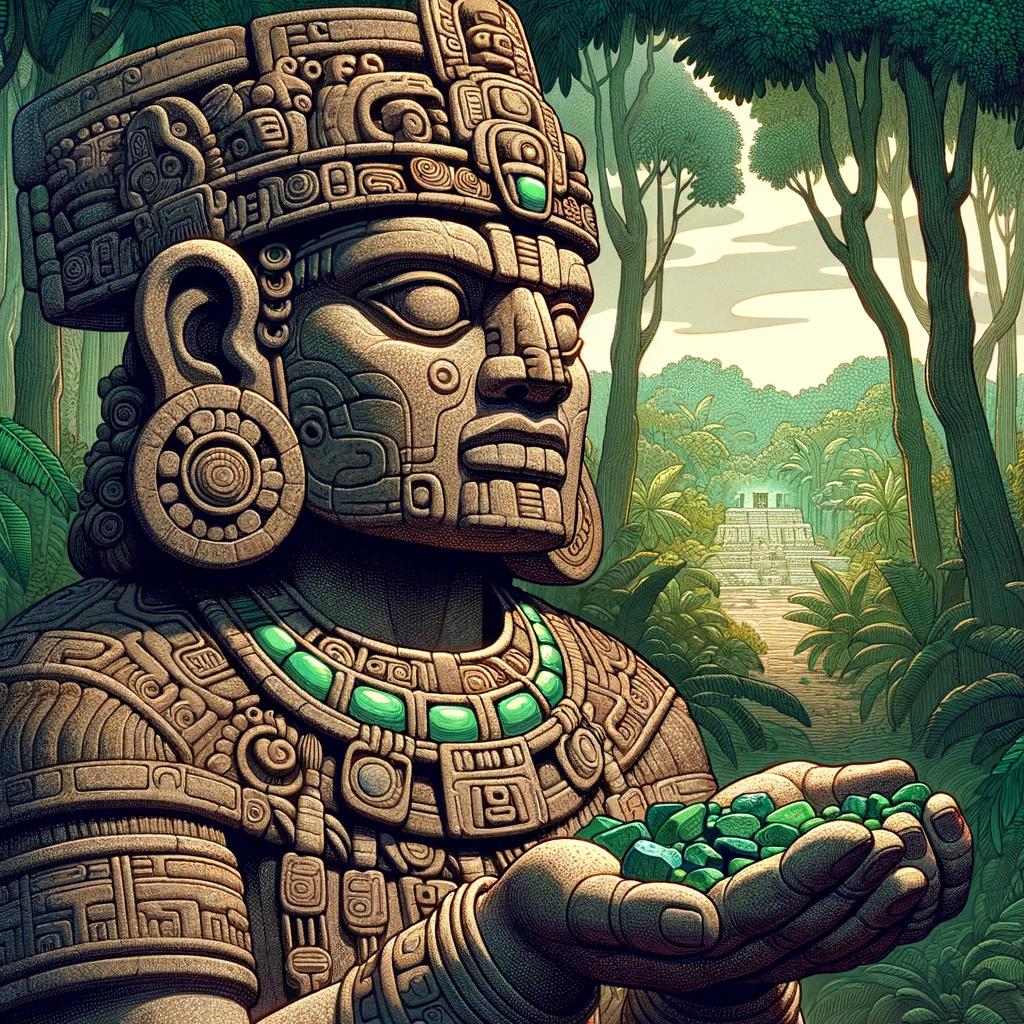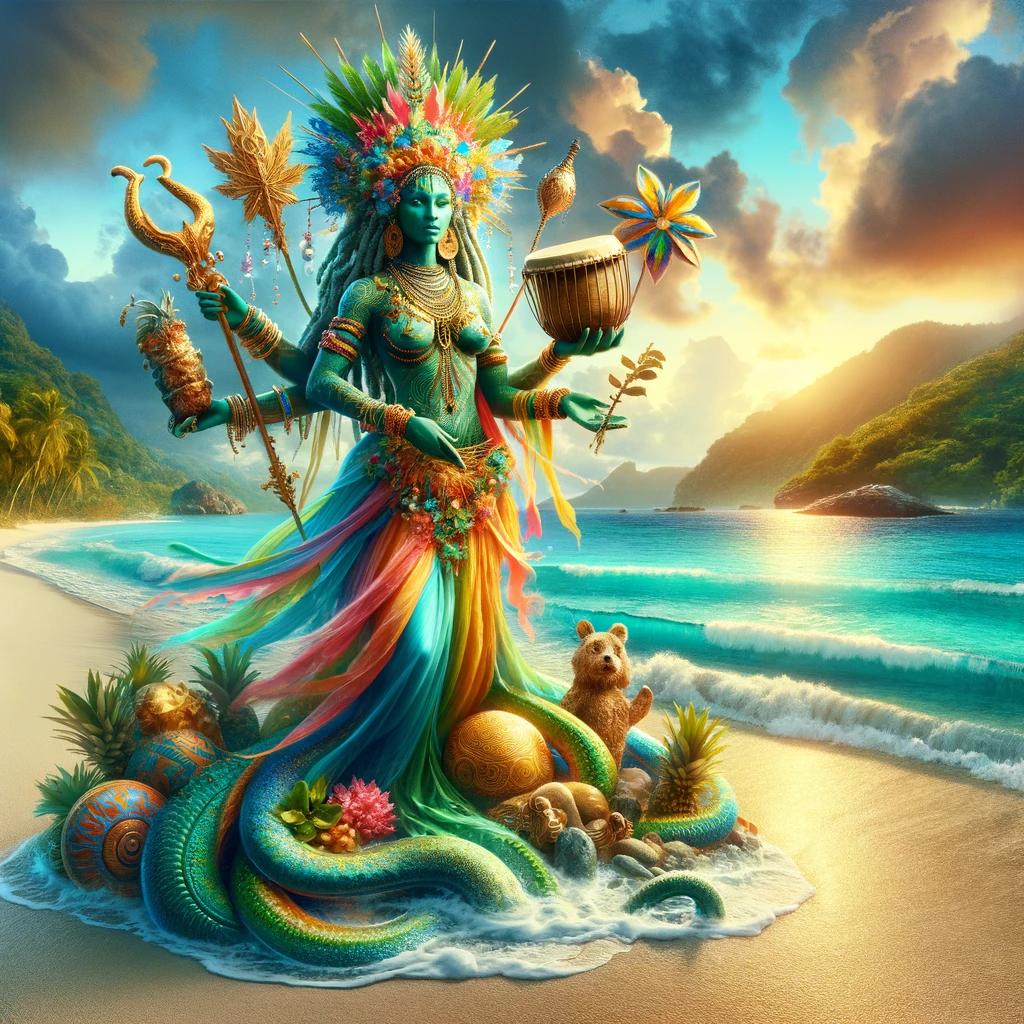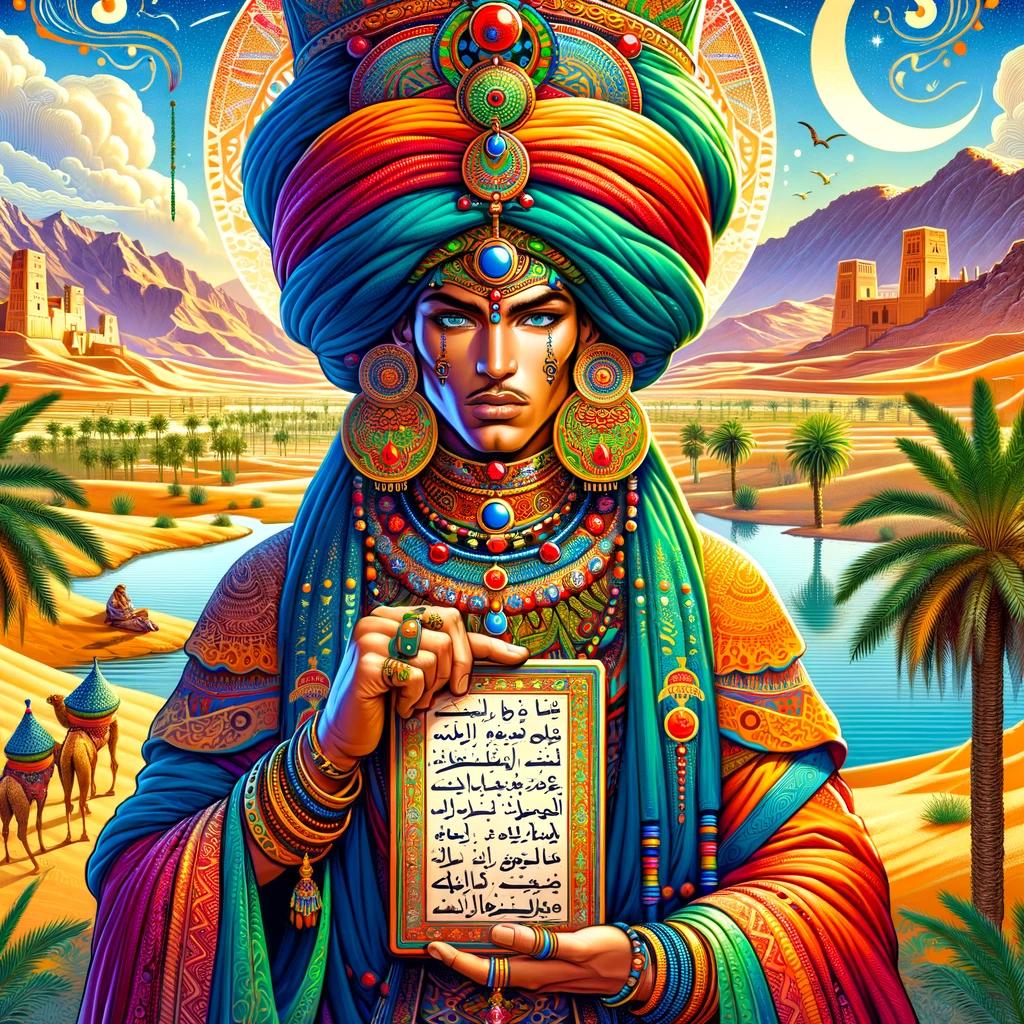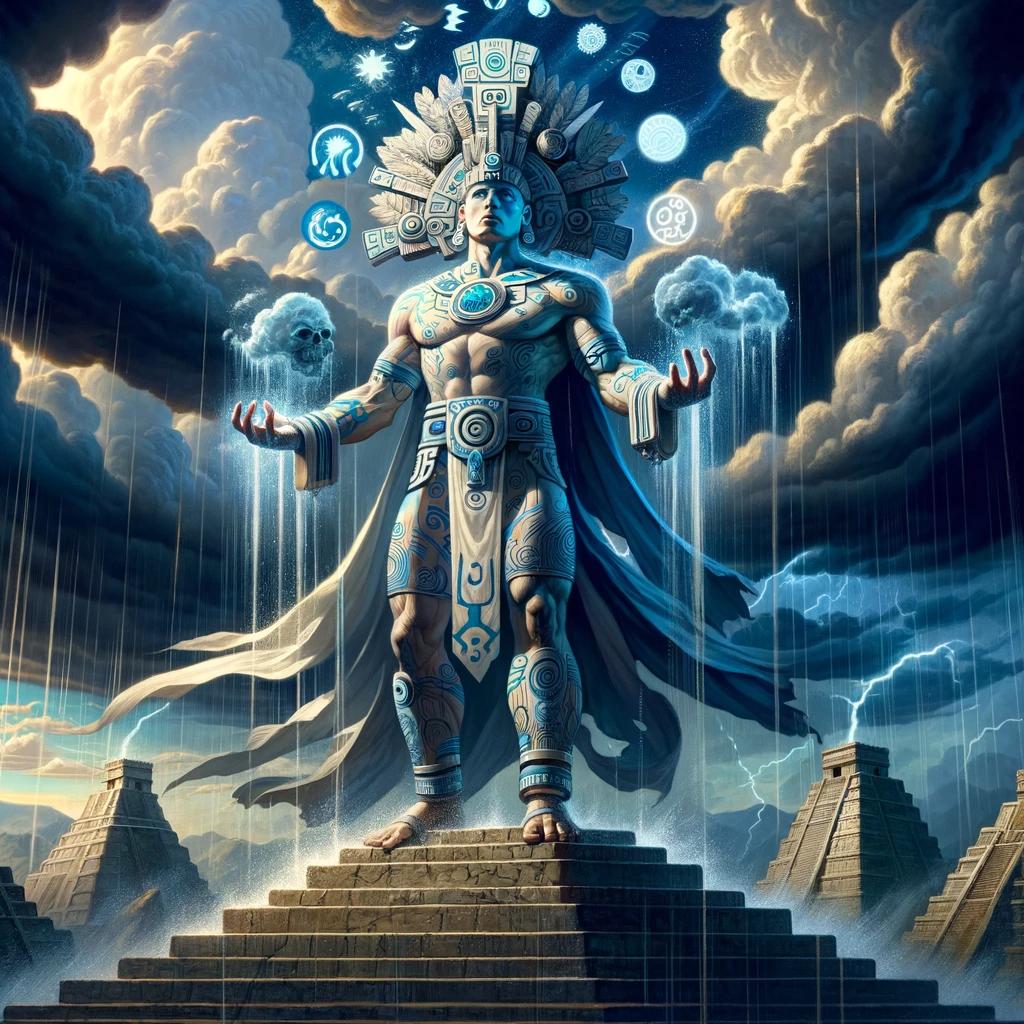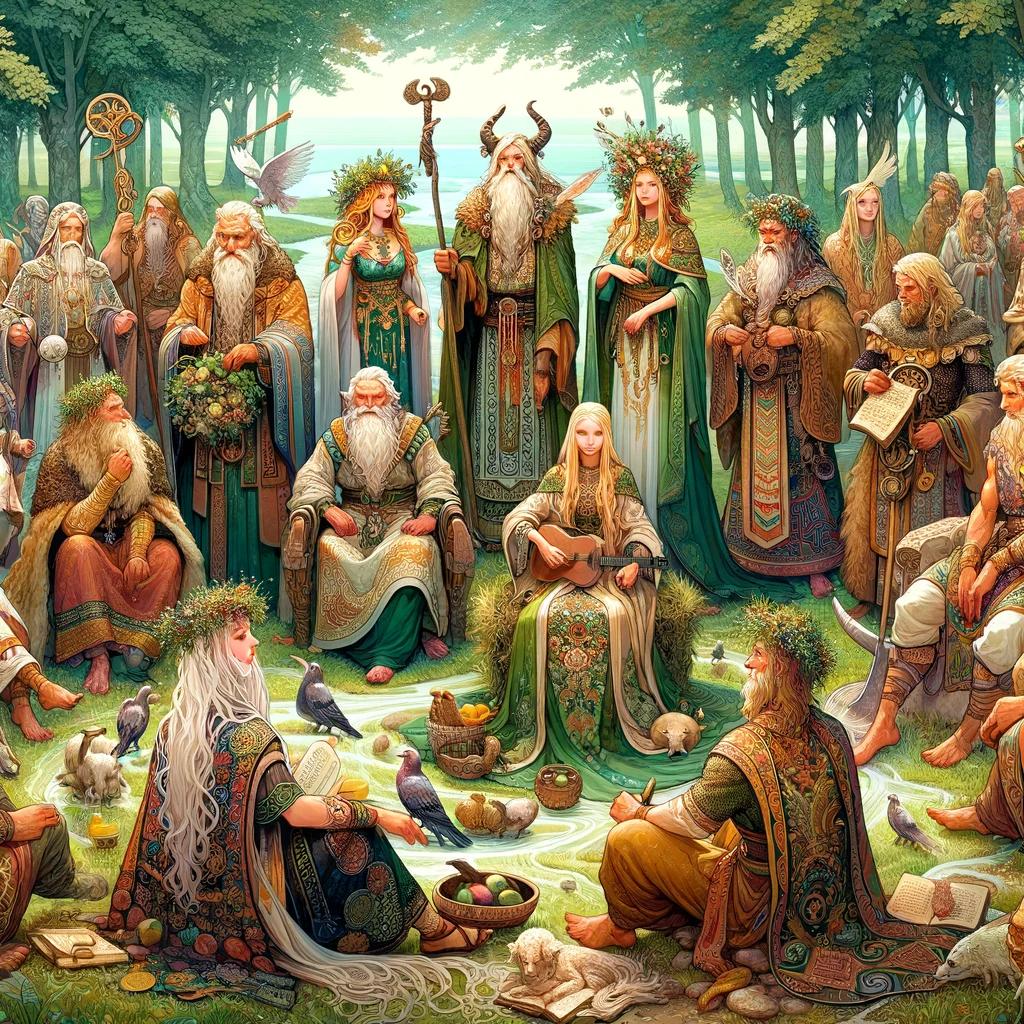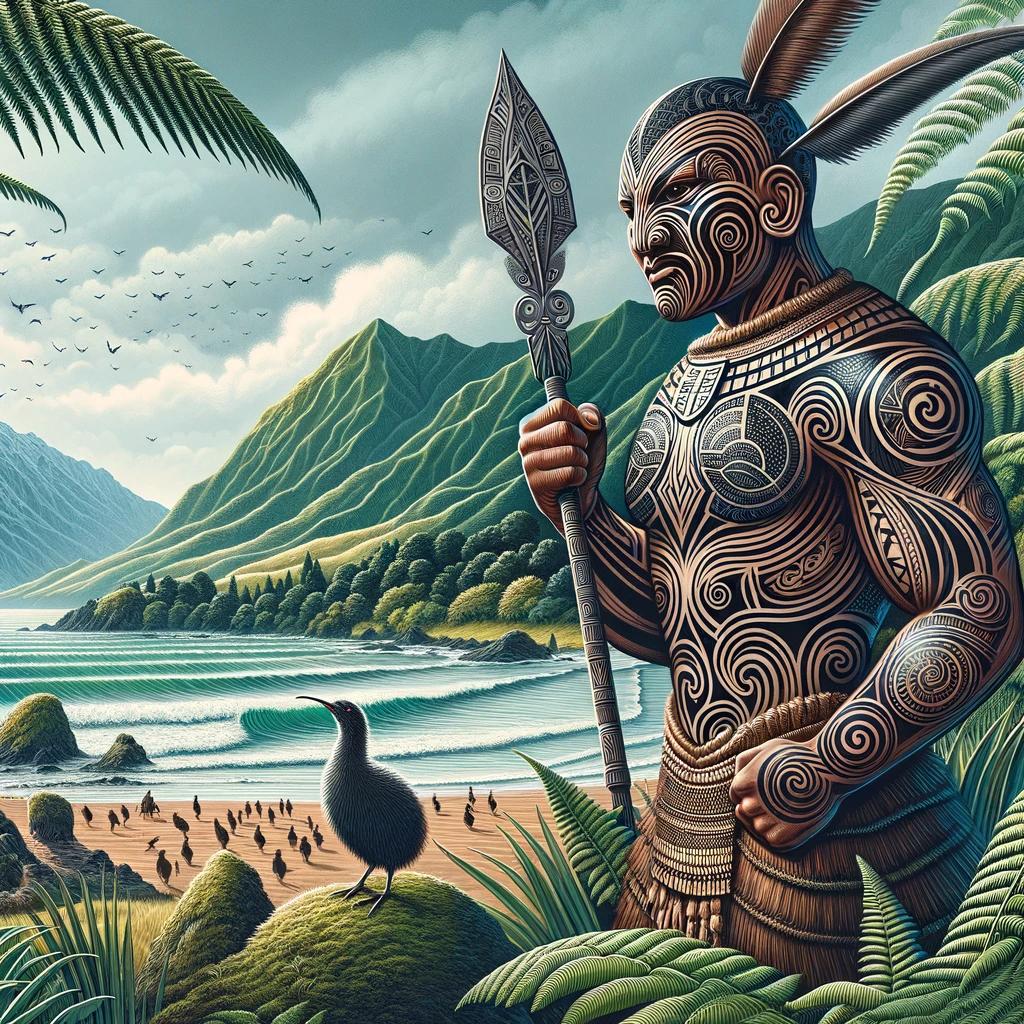Unveiling the Enigmatic Hungarian Mythology Gods and Goddesses
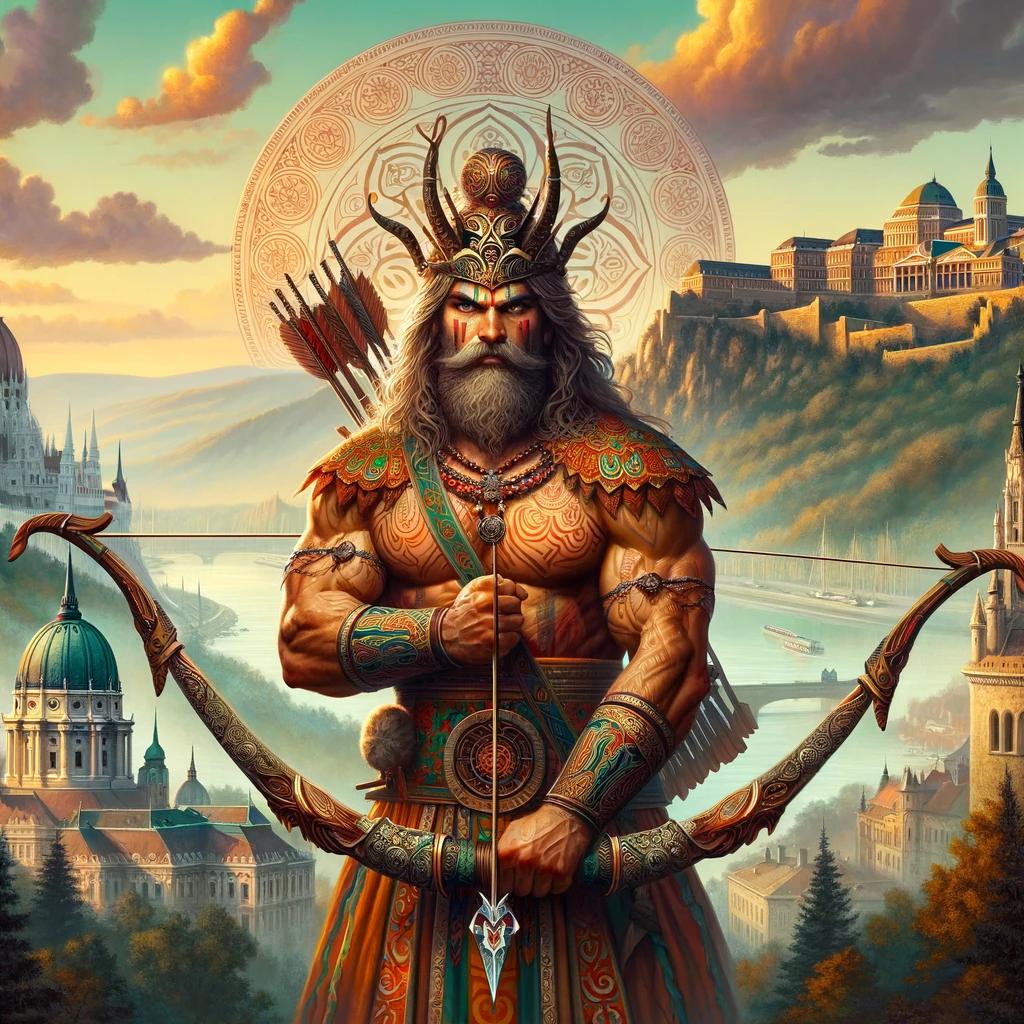
The Hungarian mythology is a fascinating tapestry of gods, goddesses, and mythical beings. This ancient belief system is structured around three realms – the Upper World, Middle World, and Underworld.
In Hungarian mythology, gods and goddesses play significant roles and possess unique attributes. Intriguing stories and legends surround these deities, while mythical creatures and spirits add to the mystical allure. Symbolism is also prevalent, notably with the World Tree representing the interconnectedness of the realms.
The origins and influence of Hungarian mythology on the culture and identity of the Hungarian people continue to captivate scholars and enthusiasts.
The Three Realms in Hungarian Mythology
In Hungarian mythology, the universe is believed to be divided into three distinct realms, each with its own significance and inhabitants. These realms are the Upper World (Felső Világ), the Middle World (Középső Világ), and the Underworld (Alsó Világ).
Let’s explore each of these realms and discover their unique characteristics in Hungarian mythology.
The Upper World (Felső Világ)
The Upper World, also known as the realm of the gods, is the highest and most revered realm in Hungarian mythology. It is said to be home to the divine beings, including the supreme deity Isten, who governs over all creation.
The Upper World is associated with celestial beauty, harmony, and eternal light, symbolizing the ultimate perfection and purity.
The Middle World (Középső Világ)
The Middle World is the realm where humans and mortal creatures reside in Hungarian mythology. It is considered the realm of the Earth, where daily life unfolds and all natural phenomena occur.
This realm encompasses the landscapes, forests, rivers, and plains that form the physical world humans inhabit. It is believed to be the bridge between the Upper World and the Underworld, connecting the mortal realm to the divine and the underworld realms.
The Underworld (Alsó Világ)
The Underworld, also known as the realm of the dead, is the lowest realm in Hungarian mythology. It is believed to be a dark and mysterious place, where departed souls travel after death.
In Hungarian folklore, the Underworld is often depicted as a complex network of caves, tunnels, and rivers leading to the realm of the dead. It is believed to be ruled by the goddess and judge of souls, Halál, who determines the fate of the deceased.
These three interconnected realms form the cosmology of Hungarian mythology, shaping the belief system and providing a framework for understanding the divine, mortal, and spiritual aspects of existence. The Upper World, Middle World, and Underworld play integral roles in the myths, legends, and rituals that define Hungarian mythology and its significance in Hungarian culture.
Gods and Goddesses in Hungarian Mythology
Welcome to the enchanting realm of Hungarian mythology gods and goddesses. Within this ancient belief system, numerous deities hold significant roles and possess intriguing attributes. Let us delve into the fascinating world of these divine beings:
The Most Important Gods and Goddesses
- Esztergom: The supreme creator and protector of the universe.
Esztergom is associated with creation, wisdom, and cosmic order.
- Otthonos: The god of the home and family. Otthonos ensures harmony, fertility, and stability within households.
- Gaku: The goddess of nature and wildlife.
Gaku symbolizes the nurturing and life-giving aspects of the natural world.
Roles and Attributes of Hungarian Gods and Goddesses
Each Hungarian deity fulfills unique roles and possesses distinct attributes. For example, Gaku, the goddess of nature, is renowned for her ability to bring abundance and growth to the land. Otthonos, the god of the home, is revered for his guidance and protection over families.
Stories and Legends Surrounding Hungarian Deities
Throughout Hungarian mythology, captivating stories and legends revolve around the gods and goddesses. These tales depict their feats, interactions with mortals, and their influence on various aspects of life. One such legend is the epic tale of Esztergom, where the supreme creator overcomes great challenges to restore balance and harmony to the universe.
Creatures and Beings in Hungarian Mythology
Hungarian mythology is a rich tapestry of mythical creatures, monsters, and spiritual beings. These entities play significant roles in the folklore and legends of Hungarian culture, captivating the imaginations of both young and old.
The creatures and beings in Hungarian mythology are divided into several categories, each with its own unique characteristics and stories.
Mythical Creatures and Monsters
Among the most fascinating aspects of Hungarian mythology are the mythical creatures and monsters that inhabit its stories. From the monstrous Turul bird, often associated with divine power and protection, to the fearsome Zmeu, a dragon-like creature capable of shape-shifting, these beings embody both wonder and terror in equal measure.
Other notable creatures include the Lidérc, a trickster spirit known for its seductive abilities, and the Táltos, a magical horse often linked to shamans and spiritual practices.
Spiritual and Supernatural Beings
Hungarian mythology also features a rich array of spiritual and supernatural beings.
These entities hold immense power and are often revered or feared by humans. The Duh, for example, are ancient forest spirits who guard sacred groves and possess knowledge of healing and magic.
The Leshy, on the other hand, are woodland deities believed to control animals and plants. Other notable beings include the Nymphs, beautiful water spirits who inhabit rivers and lakes, and the Nagas, serpent-like creatures associated with wisdom and fertility.
Folk Tales and Legends about Mythical Beings
Throughout Hungarian folklore, a myriad of folk tales and legends are told about the various mythical beings. These stories often serve as cautionary tales, teaching valuable life lessons or explaining natural phenomena.
Folk tales might revolve around encounters with the Csodaszarvas, a magical deer that grants wishes but can be elusive and dangerous if approached carelessly. Legends of the Lidérc tell of its ability to both bring good fortune and sow chaos.
These captivating narratives showcase the diversity and depth of Hungarian mythology’s mythical beings.
The World Tree and its Symbolism in Hungarian Mythology
The World Tree, known as Világfa in Hungarian mythology, holds great symbolic importance in the ancient belief system. It represents the interconnectedness of the three realms – the Upper World, Middle World, and Underworld.
This sacred tree serves as a bridge between these realms, connecting the divine and mortal realms, and embodying the cosmic order of Hungarian mythology.
The World Tree (Világfa) in Hungarian Mythology
In Hungarian mythology, the World Tree is often depicted as a giant oak or ash tree, reaching towards the heavens with its branches and extending its roots deep into the underworld.
It stands at the center of the cosmos, serving as a spiritual axis and a focal point of divine energy. The Világfa acts as a conduit, allowing communication and interaction between gods, goddesses, and mythical beings across the three realms.
The Symbolic Importance of the World Tree
The World Tree symbolizes the cyclical nature of life, death, and rebirth in Hungarian mythology. Its branches represent the heavens, inhabited by celestial deities and eternal spirits. The roots delve into the depths of the underworld, where the spirits of the deceased reside.
The trunk signifies the mortal realm, where humans and earthly creatures exist. This symbolism highlights the interconnectedness and harmonious balance of the three realms.
Connections between the World Tree and the Three Realms
The World Tree serves as a crucial element that binds the Upper World, Middle World, and Underworld together. It allows gods and goddesses to travel between realms, enables communication with ancestral spirits, and facilitates the flow of cosmic energy.
The intertwined branches and roots of the Világfa represent the interconnected relationships between the divine, mortal, and afterlife realms, emphasizing the fundamental unity and interdependence of all existence.
Hungarian Mythology and Ancient History
Hungarian mythology has a rich historical context and origins that span back centuries.
Understanding the influence of Hungarian mythology on the culture and identity of the Hungarian people provides valuable insights into their beliefs and traditions. Additionally, exploring the similarities and differences with other mythological systems enhances our understanding of the broader mythological landscape.
Historical Context and Origins of Hungarian Mythology
The origins of Hungarian mythology can be traced back to the ancient tribes that inhabited the Carpathian Basin, present-day Hungary, thousands of years ago. These tribes brought with them their unique beliefs and mythological narratives, which were influenced by various neighboring cultures.
The arrival of the Magyars, a nomadic people, in the 9th century also played a significant role in shaping Hungarian mythology.
Hungarian mythology is deeply intertwined with the historical events and migrations that occurred in the region. The myths and legends evolved as different cultures interacted and merged, creating a distinct mythology that reflected the experiences and worldview of the Hungarian people throughout history.
Exploring the historical context of Hungarian mythology allows us to unravel the intricate tapestry of beliefs and stories that have shaped Hungarian culture.
Influence of Hungarian Mythology on the Culture and Identity of the Hungarian People
Hungarian mythology has had a profound impact on the culture and identity of the Hungarian people. The myths and legends serve as a source of national pride, connecting the present-day population to their ancient roots.
Hungarian folklore, dances, music, and art often draw inspiration from mythological figures and stories, creating a vibrant cultural tapestry that celebrates the rich heritage of the Hungarian people.
Furthermore, Hungarian mythology has influenced various aspects of daily life, including naming conventions, traditions, and festivals. The reverence for nature and the belief in the interconnectedness of all living beings, which are central themes in Hungarian mythology, continue to shape the values and worldview of the Hungarian people today.
Similarities and Differences with Other Mythological Systems
Hungarian mythology shares common motifs and themes with other mythological systems, illustrating the universal nature of human storytelling. However, it also possesses distinctive elements that set it apart from other mythologies.
The influences of neighboring cultures, such as Slavic, Turkic, and Germanic, have left traces in Hungarian mythology, enriching its narratives with diverse perspectives.
Exploring the similarities and differences between Hungarian mythology and other mythological systems from around the world deepens our understanding of the human experience and the universal themes that underpin our collective imagination.
It highlights the interconnectedness of cultures and the evolution of mythological beliefs throughout history.
Mysteries and Unanswered Questions in Hungarian Mythology
Unsolved Mysteries in Hungarian Mythology
Despite extensive research and study, there are intriguing mysteries and enigmas that still surround Hungarian mythology. These unsolved mysteries offer a glimpse into the depths of this ancient belief system and continue to captivate researchers and enthusiasts alike.
Some of the unresolved questions include:
- The true origins of Hungarian gods and goddesses
- The significance and purpose of specific mythological symbols
- The exact nature and symbolism of certain mythical creatures
- The connections between Hungarian mythology and other mythological systems
Interpretations and Speculations about Hungarian Mythology
Interpreting and speculating about Hungarian mythology adds an extra layer of fascination to its study.
Scholars and experts offer various theories and interpretations based on ancient texts, archaeological findings, and cultural influences. Some areas of interpretation and speculation include:
- The possible meanings behind mythological stories and legends
- The role of gods and goddesses in Hungarian society and culture
- The symbolic representation of the three realms and the World Tree
- The connection between Hungarian mythology and historical events
Relevance and Continued Study of Hungarian Mythology in the Modern World
Despite its ancient origins, Hungarian mythology maintains relevance and continues to be the subject of study in the modern world.
Understanding this intricate belief system provides insights into Hungarian history, culture, and identity. Some reasons why the study of Hungarian mythology remains significant today include:
- Preserving and appreciating the rich heritage of the Hungarian people
- Gaining a deeper understanding of ancient belief systems and their impact on society
- Exploring the connections between mythology and contemporary literature, art, and popular culture
- Contributing to the broader field of comparative mythology and folklore studies
.

